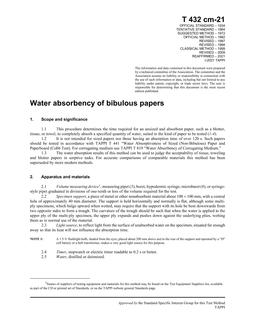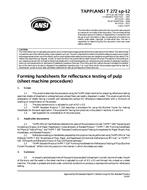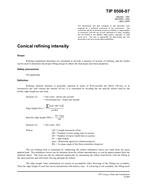This TIP outlines procedures for calculating drying rates for coated, sized, and uncoated papers that are dried on steam-heated cylinders. This TIP also provides drying rate curves based on observed drying rates on commercial paper machines. The objective of the TIP is to define rate of water removal on a common basis for mills to use to compare a particular machine to past performance and to other machines. The definition of drying rate and its calculation are simple to permit widespread use. These procedures cannot be used for machines with auxiliary drying equipment such as infrared dryers and impingement dryers unless these auxiliary dryers are shut off.
Data points on the drying rate curves represent observed performance of existing machines. Lines represent least-square linear curve fits and the associated two-sigma variation of observed data.
The calculation does not identify or account for factors that affect drying rate other than the dryer steam temperature and paper grade. There are many other factors that can affect the drying rate. These factors include:
– Sheet furnish
– Dryer configuration
– Type of pressing
– Siphon design
– Dryer felting
– Amount of pressing
– Use of dryer bars
– Dryer surface scale
– Breaker stack
– Pocket ventilation
– Hood humidity
– Sheet smoothness
– Dryer fabric application
– Reel moisture content
– Moisture content before drying
– Sheet grammage
– Breaker stack
– Dryer speed
Product Details
- Published:
- 2022
- Number of Pages:
- 20
- File Size:
- 1 file , 970 KB
- Note:
- This product is unavailable in Ukraine, Russia, Belarus


